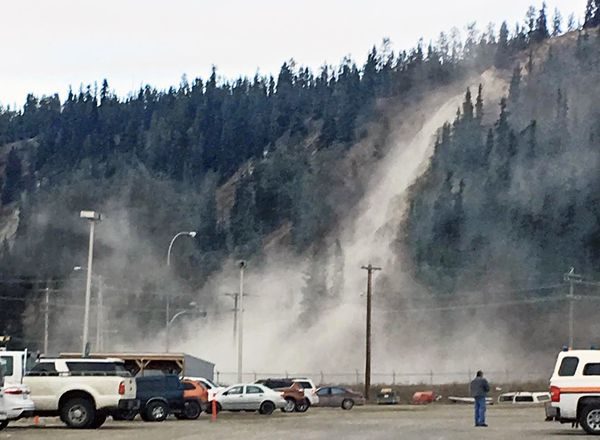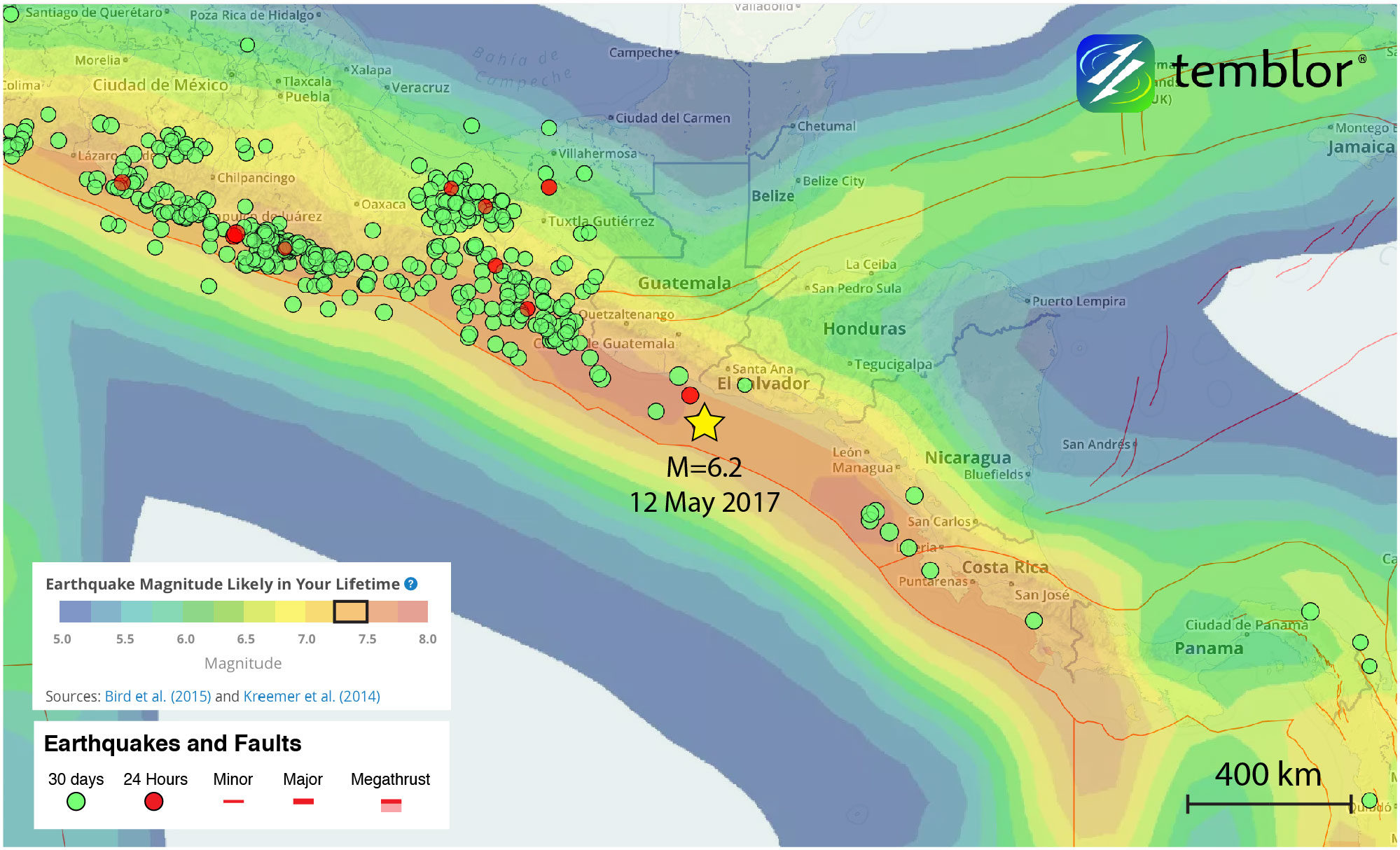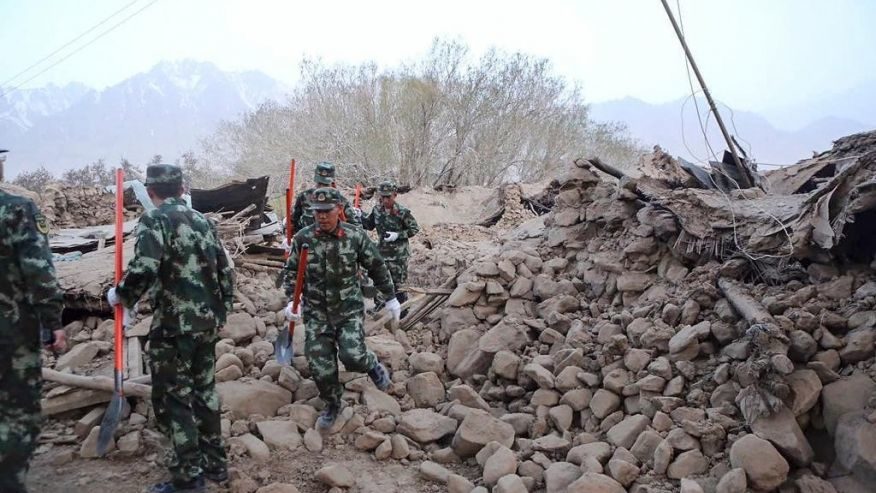
© Angie Dickson / via Yukon NewsDirt rolls down the clay cliffs across from Canadian Tire during a May 1, 2017 earthquake in Whitehorse.
A series of significant May earthquakes and their aftershocks are being examined by seismologists, who say Alaska is markedly above its usual rate of earthquakes for the month.
Alaska Earthquake Center seismologist Natalia Ruppert said Alaska typically experiences a "background level" of 35,000 earthquakes each year, plus any significant earthquakes and their aftershocks. The center typically sees about 3,000 quakes statewide in a month — but May has been well ahead of that pace, Ruppert said.
"Right now, with the aftershocks, we recorded close to the monthly average in just the first 10 days," Ruppert said.
The catalog of May temblors as of Wednesday included at least three larger than a 6, seven larger than a 5 and 50 larger than a 4 on the Richter scale, according to
an overview compiled by the earthquake center's Ian Dickson.
The month began with
a 6.2 quake and a 6.3 aftershock on May 1 under the Haines Highway in Canada that rattled much of Southcentral Alaska, causing significant damage in the Canadian city of Whitehorse. State seismologist Michael West said the quake struck along the Denali fault line, which extends from Southeast Alaska through Canada into the Alaska Range.
More than 800 aftershocks had been detected from the Southeast quake by Wednesday, Dickson wrote. The state also saw
a 5.2 quake 10 miles north of Ninilchik on May 6 that was felt in Valdez and Palmer, as well as a 3.8 the following day northeast of the Fort Knox gold mine that was felt in Fairbanks.




Comment: 20 small earthquakes strike near Kitsap Peninsula, Washington